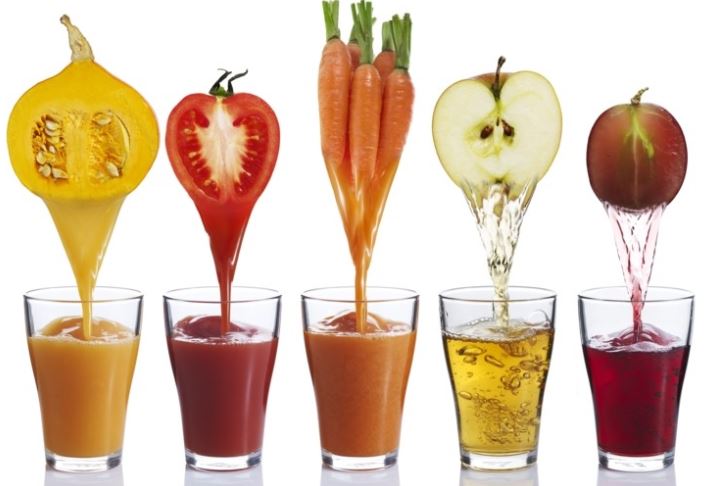Rossl and FoodBy Jace Dacre On Jun 8, 2022
Increasing the overall appealing value and acceptance of foods and beverages can be achieved through color. To achieve features like low cost, superior appearance, increased color intensity, and increased color stability and uniformity, synthetic food colors are increasingly being utilized in place of natural food colors by food makers. Non-approved artificial colors and excessive use of permitted synthetic colors may be found in many foods and beverages. Mutations, malignancies, hemoglobin depletion, and allergic reactions are only a few possible side effects.
Furthermore, 60% of the beverages failed to comply with the labeling requirement by failing to include the correct color ingredients on their labels. Researchers found a significant prevalence of synthetic food colors in confectionery and beverage products and unexplained colors in some confectionery products, such as fabric dye. As a result, strict guidelines and education campaigns to educate consumers and food manufacturers about food colorants are strongly recommended. Are you looking to purchase food coloring? Check out bulk food coloring made from natural materials with no added chemicals.
Any dye or substance that generates color when added to food or drink is a food coloring or color addition. Can find the use of food coloring in both professional food manufacturing and at home in the kitchen. Different food colorants are chemicals added to food matrices to improve or maintain the product’s sensory properties, which can be impacted or lost during processing or storage and keep the ideal color look. Food colorants are used in food technology.
Today, color is a significant component of food and beverage items since it is visually appealing to consumers. The use of synthetic food colors as additions to natural colors has increased in recent years to obtain features such as improved look, high color intensity, more color stability, and uniformity in the products they enhance. Synthetic food colors offer various advantages over natural ones, including low cost, light and pH tolerance, and great color stability. The azo group is found in most synthetic food colors derived from coal tar derivatives. The abuse of approved synthetic colors and the usage of non-permitted synthetic hues can be found in a wide range of commercially accessible foods and beverages. Synthetic food colors have been shown in numerous studies to be a significant source of food intoxication and to cause serious health concerns.
Some of the food additives that had been widely used in the past are no longer permitted because of proof of their side effects, toxicity in the medium and long term, and high frequency of probable health problems. The use of approved synthetic colors regularly is also unsafe. Health risks have been documented in animals and humans due to using non-allowed and haphazardly used permitted colors. Analytical methods must be used for the reliable and precise detection and quantification of food colorants due to their widespread use in food preparation. Therefore purchasing bulk red food coloring made with natural ingredients is preferred.

